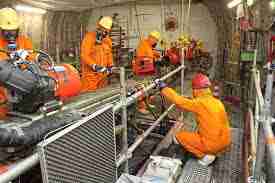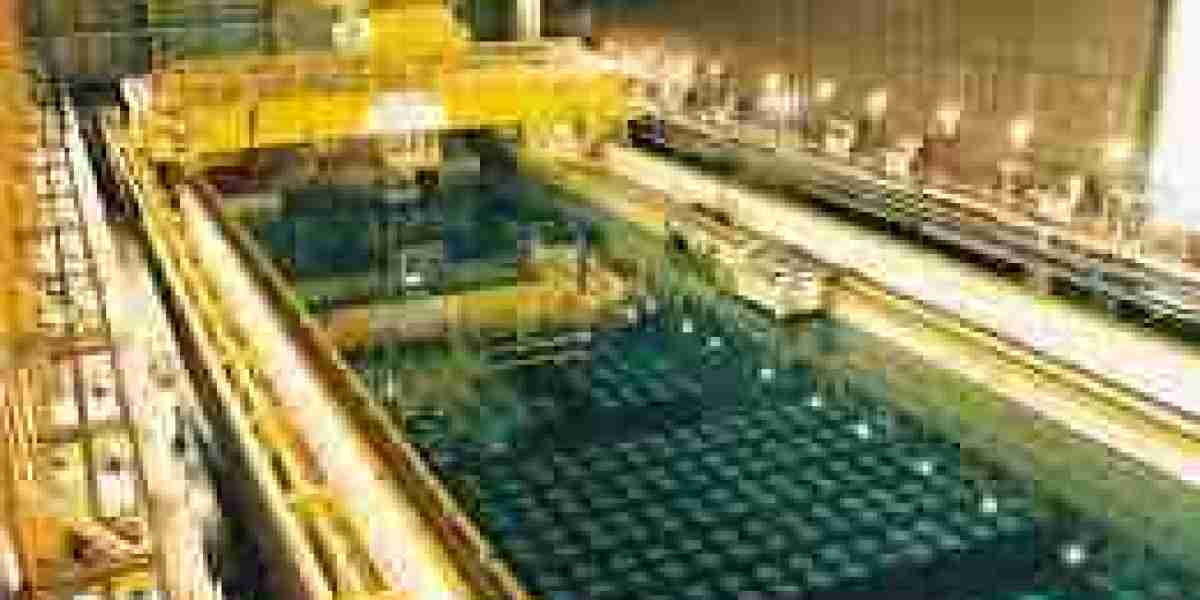As the global energy sector intensifies its focus on decarbonization, nuclear power is experiencing a resurgence. This revival brings renewed attention to the critical issue of nuclear waste management. In 2025, the nuclear waste management market is undergoing significant transformations, driven by technological advancements, evolving regulatory frameworks, and shifting geopolitical dynamics.

Market Growth and Projections
The global nuclear waste management market is projected to reach approximately USD 5.87 billion by 2034, growing at a compound annual growth rate (CAGR) of 1.9% from 2024 to 2034. This growth is propelled by the expansion of nuclear power generation, particularly in Asia-Pacific, where countries like China, India, and South Korea are aggressively increasing their nuclear capacities to meet rising electricity demands and carbon neutrality goals.
Technological Innovations and Disposal Methods
Deep geological disposal remains the gold standard for high-level radioactive waste (HLW) management. Finland's Onkalo facility is set to become the world's first operational deep geological repository, with plans to begin sealing waste in 2025. Similarly, France's Cigéo project aims to store HLW in a deep geological repository, with construction expected to commence in 2027.
Advanced recycling technologies are also gaining traction. Companies like Orano SA and Oklo Inc. are developing processes to recycle used nuclear fuel, extracting reusable materials and reducing the volume and toxicity of waste. These innovations not only mitigate environmental risks but also enhance the sustainability of nuclear energy.
Challenges: High Costs and Regulatory Complexities
Despite technological progress, the nuclear waste management sector faces significant challenges. High infrastructure costs for safe handling, storage, and disposal of nuclear waste are a major constraint. For instance, the UK's Sellafield site has seen cost overruns, with expenses escalating to £136 billion due to unrealistic budgeting and project delays.
Regulatory complexities further complicate the landscape. Ensuring compliance with stringent safety regulations and obtaining necessary permits are time-consuming and costly processes. Public opposition, often fueled by concerns over environmental contamination and long-term safety, adds another layer of difficulty to the implementation of waste management projects.
Regional Insights
North America: Dominates the market, attributed to its extensive nuclear power infrastructure and established waste management practices. However, the U.S. faces challenges in establishing permanent disposal sites, with over 90,000 metric tons of spent nuclear fuel currently stored across various states.
Asia-Pacific: Poised for rapid growth, driven by new reactor constructions and increasing investments in waste management infrastructure. China, for instance, has 54 nuclear power reactors in operation and 14 under construction as of February 2022.
Europe: Leading in technological advancements, with countries like Finland and France pioneering deep geological repositories. The region is also focusing on advancing recycling technologies to reduce the volume and toxicity of nuclear waste.
Future Outlook
The nuclear waste management market is at a pivotal juncture. While challenges persist, advancements in technology and increasing global cooperation offer promising solutions. As countries continue to invest in nuclear energy, the development of efficient, safe, and sustainable waste management systems will be crucial to the industry's long-term viability.
In conclusion, the nuclear waste management market in 2025 is marked by a dynamic interplay of growth opportunities and formidable challenges. Strategic investments, technological innovations, and robust regulatory frameworks will be essential in navigating this complex landscape and ensuring the safe and sustainable management of nuclear waste.




